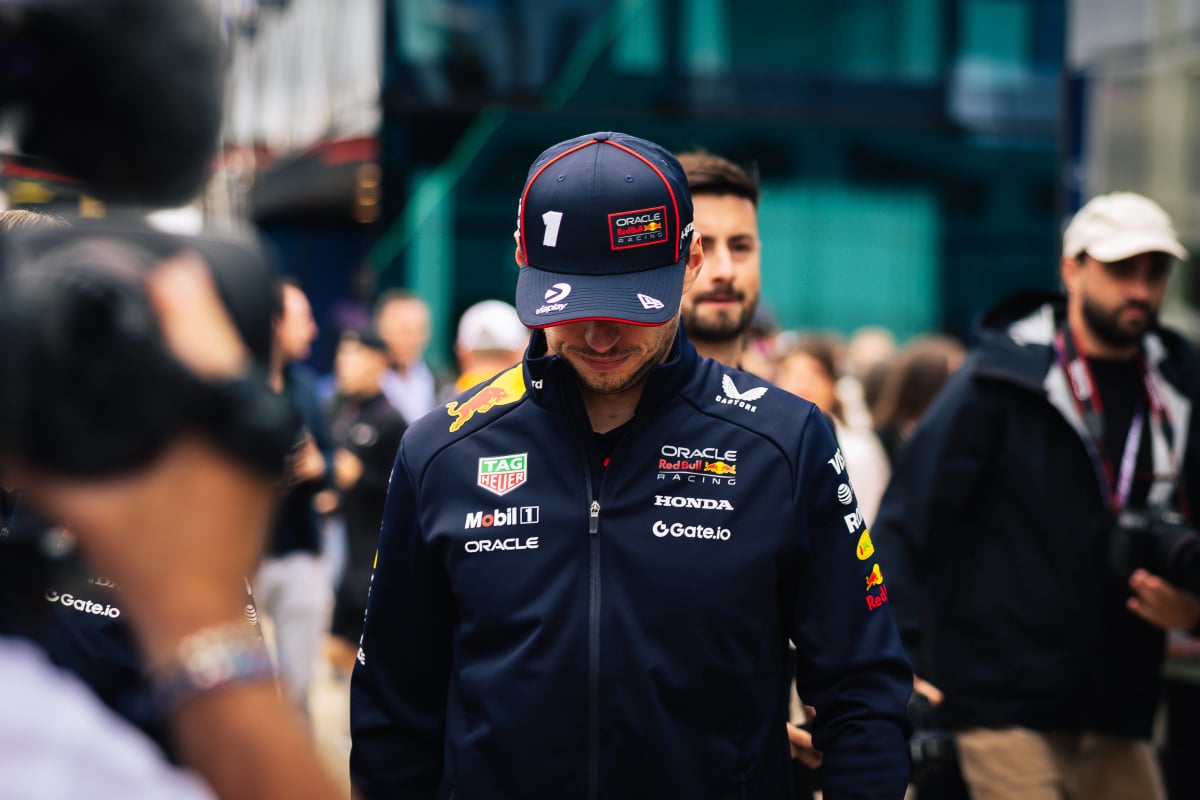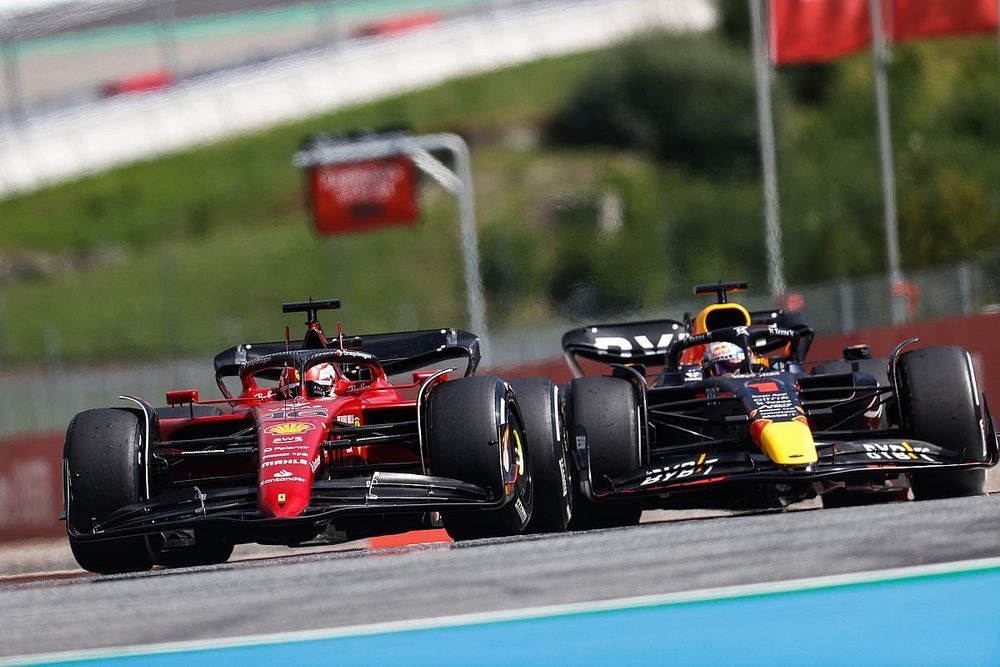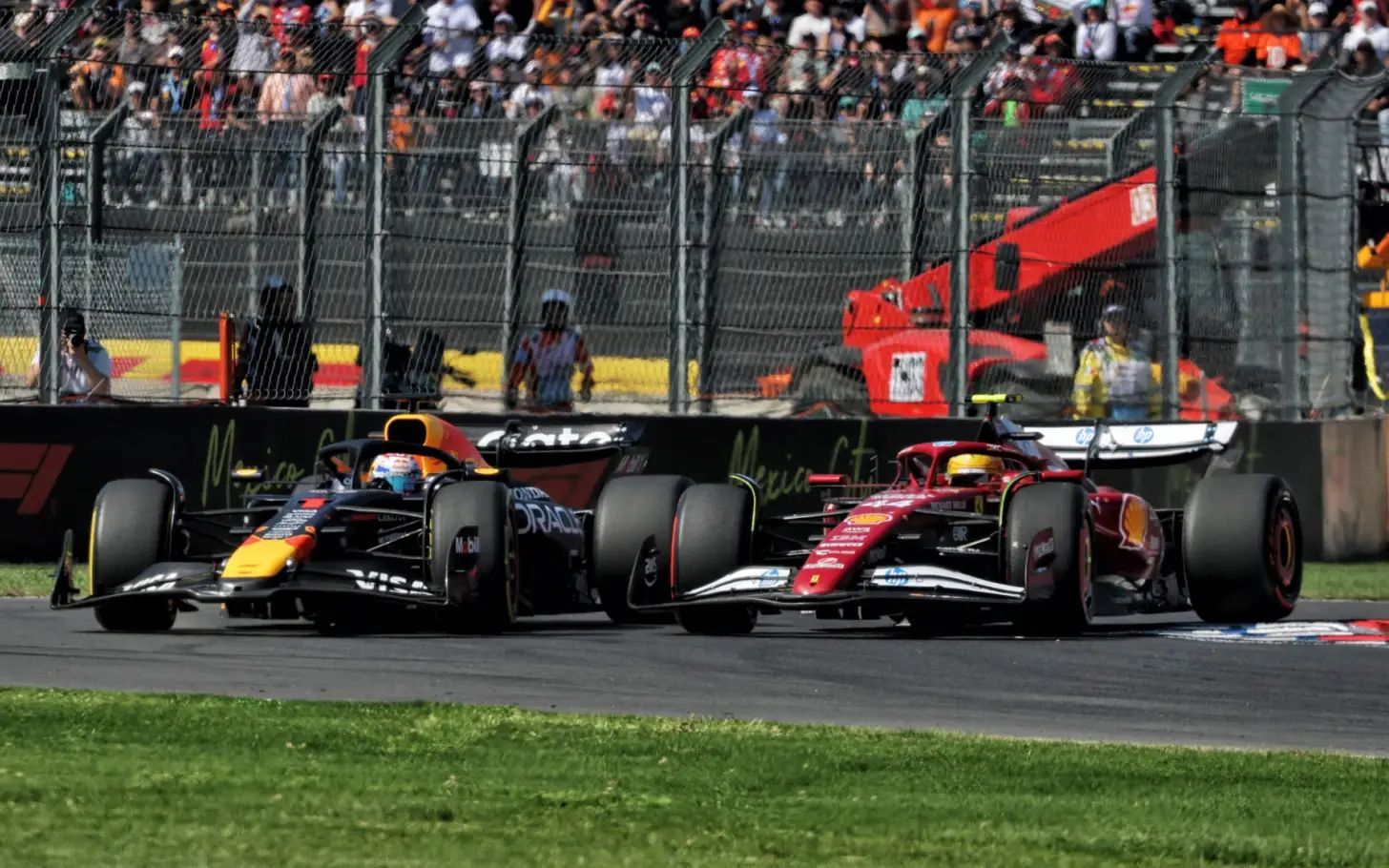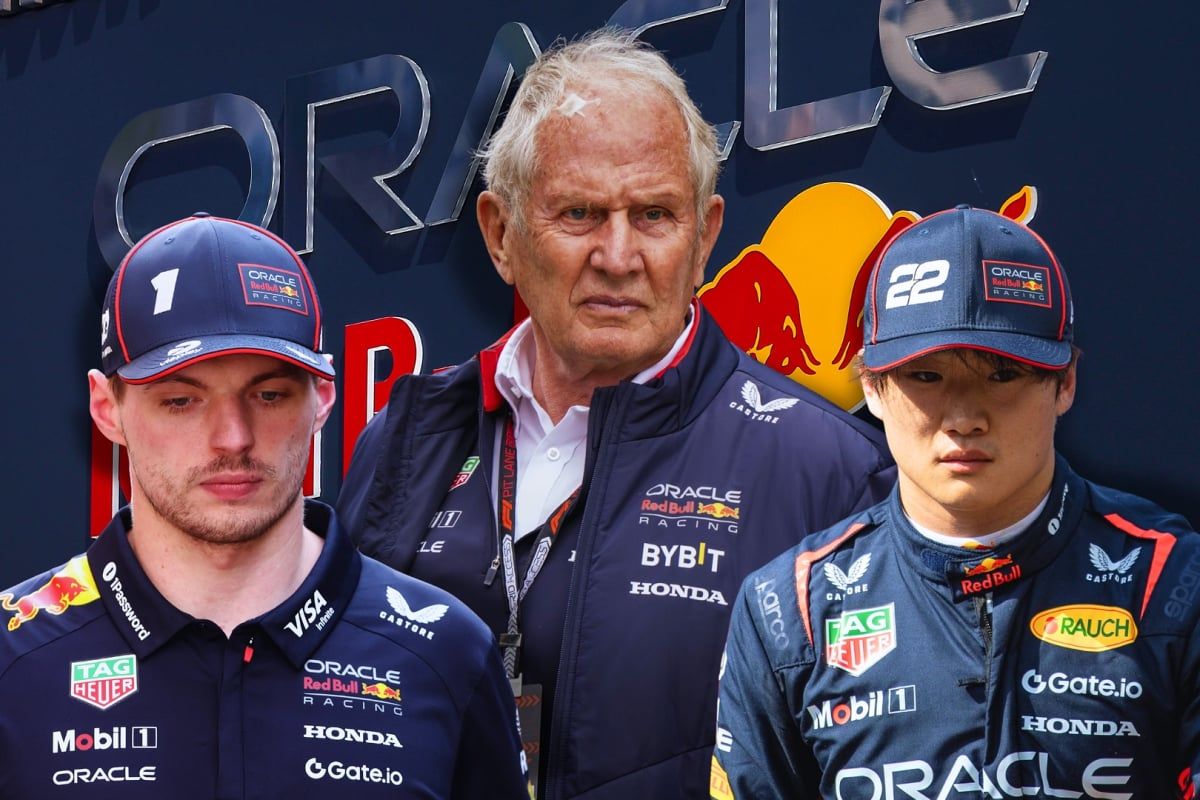F1 News Today: Verstappen’s Red Bull Era Ends? Rivals Announce a Game-C… read more
The Formula 1 world is reeling today following a bombshell announcement from a newly formed consortium of teams, effectively challenging Red Bull Racing’s dominance and potentially signaling the end of Max Verstappen’s seemingly unstoppable reign. The alliance, dubbed the “Grand Prix Innovation Group” (GPIG), comprises Ferrari, Mercedes, Alpine, and McLaren – four of the sport’s most historically significant and technologically advanced teams. Their joint statement, released this morning, outlines a collaborative research and development initiative focusing on aerodynamic efficiency, power unit innovation, and sustainable technologies. While couched in terms of technological advancement and the pursuit of greener racing, the underlying message is clear: a concerted effort to dethrone Red Bull and Verstappen.
For years, Red Bull, particularly under Adrian Newey’s aerodynamic genius, has consistently outpaced its rivals. Their innovative design philosophy, coupled with the relentless performance of their Honda-derived power unit (now rebranded as Red Bull Powertrains), has resulted in a string of victories and championships for Verstappen. This unprecedented dominance has led to concerns about the sport’s competitiveness, with many fans and commentators calling for a more level playing field. The GPIG’s announcement directly addresses these concerns, representing a powerful counter-strategy aimed at breaking Red Bull’s stranglehold on the sport.
The consortium’s strategy hinges on several key pillars. Firstly, shared resource pooling is anticipated to revolutionize aerodynamic development. By combining their extensive data sets, wind tunnel testing resources, and computational fluid dynamics (CFD) capabilities, the GPIG aims to unlock aerodynamic gains previously unattainable by individual teams. This collaborative approach will allow them to leverage the collective expertise and experience of their engineers, creating synergies that could significantly narrow the performance gap with Red Bull. The pooling of resources also extends to the development of power units. While each team will retain its individual branding and distinct power unit architecture, the collaborative research into efficiency and performance improvements could yield significant breakthroughs, potentially matching or exceeding the performance of Red Bull Powertrains.
The second significant aspect of the GPIG’s initiative is its commitment to sustainability. The statement explicitly mentions the development of more environmentally friendly technologies for Formula 1. This commitment aligns with the FIA’s overarching goal of making the sport more sustainable, but it also offers a strategic advantage. By focusing on sustainable fuel technologies and energy-efficient designs, the GPIG could potentially bypass some of Red Bull’s existing advantages, creating a new paradigm for performance optimization. This focus on sustainability is not merely a public relations exercise; it’s a calculated move to explore innovative solutions that could translate into performance gains on the track. The shift away from traditional fuel sources and internal combustion engine design opens up new avenues for innovation and could drastically alter the competitive landscape.
The implications of the GPIG’s announcement are far-reaching and potentially transformative for Formula 1. The collaboration represents a significant departure from the traditionally fiercely competitive and secretive nature of the sport. While teams have always shared information indirectly, through the observation of their rivals’ designs and strategies, this explicit pooling of resources and technological expertise marks a radical shift in the way teams operate. This level of cooperation poses a direct challenge to Red Bull’s current dominance, potentially triggering an arms race of innovation and technological advancement that benefits the entire sport.
However, the GPIG’s initiative is not without its challenges. The logistical complexities of coordinating research and development across multiple teams with diverse engineering cultures and priorities will be considerable. Ensuring effective communication, data sharing, and intellectual property protection will be crucial to the success of the venture. Furthermore, the FIA will need to carefully monitor the collaboration to ensure it complies with the sport’s regulations and does not create an unfair advantage for the participating teams. Concerns about potential anti-competitive practices will undoubtedly be raised, and the FIA will need to be vigilant in preventing the GPIG from stifling innovation among the remaining teams.
Ultimately, the formation of the Grand Prix Innovation Group marks a pivotal moment in Formula 1 history. Whether it succeeds in dethroning Red Bull and Verstappen remains to be seen. However, the very existence of the consortium signals a shift in the power dynamics of the sport, potentially ushering in an era of unprecedented technological advancements and a more balanced competitive landscape. The coming seasons will be crucial in determining whether this ambitious collaboration delivers on its promise and reshapes the future of Formula 1. The implications for sponsors, driver markets, and the overall fan experience are considerable, creating a period of intense anticipation and uncertainty within the sport. The narrative has shifted dramatically, and the once-unassailable dominance of Red Bull now faces a formidable challenge.




